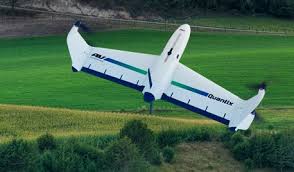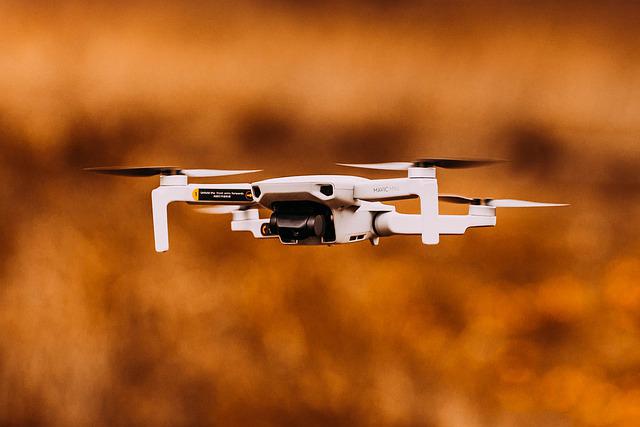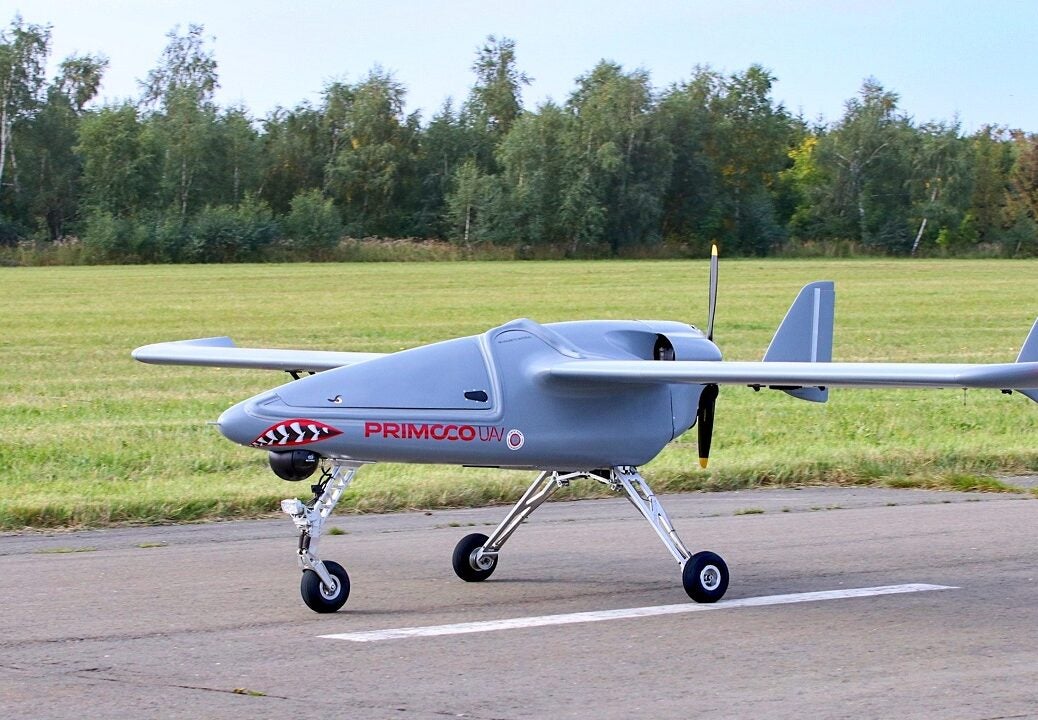
If you're just getting started with flying a drone, it might be difficult to know how to fly one. You'll first need a controller which allows you to control speed and direction of your drone's propellers. Depending on your controller, you may need to fly the drone at a low or high speed. This article will show you how to use a controller to control your drone and how to set it up to fly as you wish.
COG
The first step in controlling your drone is to determine its center gravity (COG). By using a meter stick, you can determine the actual center of gravity of the device. Once you have determined the center of gravity you can adjust the drone's components by moving them. The drone can be balanced using your fingers. This technique can also be used for unmanned aircraft.
Yaw
You should be familiar with the terms pitch and yaw when controlling a drone. Yaw represents the rotation of the drone clockwise. While pitch is the reverse rotation. The left stick can be used to rotate the drone clockwise by pushing it diagonally upward or downward. Pushing the left stick up or to the right will engage both pitch and roll at once. Rotating the right stick can engage more roll. Continue doing this until you see your drone returning to its original position.
Pitch
Pitch is one the most critical parts of a drone's control system. Pitch refers both to the drone's forward tilt and backward tilt. A drone's propellers must be able to turn at the same speed to move forward and backward. The science of pitch and roll is similar, but there are some differences. Here's how you can control pitch for your drone. Once you understand what it means, you can control it more efficiently.

Pitch controller
To design a proper Pitch Controller for controlling a drone, you will first have to choose the optimum D-value. It is necessary to produce sufficient power during large deflections. The D-value, however is needed for quick drone reactions. The drone could crash halfway through its flight if the D-value is too high. The D-value should be set to a value that will allow the drone to hover.
D-value
The most important aspect in drone flight regulation is P-value. It controls how the drone responds to external forces. A low value of D-value will result in slow drone movements or slow slowed down. A high D value will result in small, rapid oscillations with small amplitude. High D-values can also lead to drones chirping and collapsing, decreasing their flying time and battery life.
AirSim
AirSim may be of interest to you if you're interested in creating a drone control software application. AirSim offers developers a complete API set. The APIs can retrieve various data including ground truth, sensor data and images from drones. It also allows developers to code code for different drone platforms, and use that code to train their algorithms. AirSim provides support for ComputerVision mode and transfer learning.
DroneMapper
DroneMapper Rapid is a new drone mapping program. This product combines industry-leading UAVs with payloads suited for industrial use. Packages include sensors and custom mounts as well as an app for tablet that allows the user to control the drone. This package is ideal for those who are new to drones or need more advanced solutions.

FAQ
How can I keep drones off my property?
Drones are increasingly popular for home surveillance. However, they pose a threat to privacy and security. If you want drone attacks to be avoided, you can install motion sensors all around your property. These sensors will detect any flying objects that are not authorized.
Which US states allow drones?
It is legal to operate a drone as a hobby. Federal Aviation Administration (FAA), has issued guidelines that allow you to use small unmanned aircraft systems (UASs). These UASs must be registered with the FAA before they can be flown. If certain conditions are met, the FAA allows commercial operators to fly these UASs.
What kind of batteries does a drone use?
Lithium-ion batteries are the most common type of battery for drones. A typical drone uses between 3 and 6 volts.
What are the laws around flying drones?
The Federal Aviation Administration (FAA), in the United States, regulates all aspects related to drone operations. You must first obtain a FAA certification before you can operate a drone commercially. You must then complete a course on piloting skills and pass an examination. The final step is to pay the fee.
Statistics
- According to Indeed, a drone pilot gets paid $25.73 per hour on average in the US. (dronesgator.com)
- According to the multiple listing service (MLS), houses and apartments with drone photographs are up to 68 percent more likely to sell than those without pictures. (thedroneu.com)
- With the top 10% making over $100/h and the bottom 10% making as low as $10/h. (dronesgator.com)
External Links
How To
Repairing A Drone's Damaged Motor
You must first identify the damaged part of your motor before you can fix it. The best way to do so is to take the propeller off the motor shaft. You should then remove the wires that are attached to the motor, and examine the inner workings. If you notice something amiss, you'll know what part of your motor to fix.
If the motor is in good condition, you shouldn't worry. But if it looks like one of the images below, you will need to replace parts before you can fly again.
Imagine a motor that isn't turning anymore because it has been bent. The motor must be bent again. To hold the motor in place, you can use a pair or vice grips. After you have completed this step, be sure to inspect the motor for any signs of wear.
Once you're satisfied that everything's ok, put the propeller back onto the motor shaft and reattach the wires. Now you are ready to fly your drone!